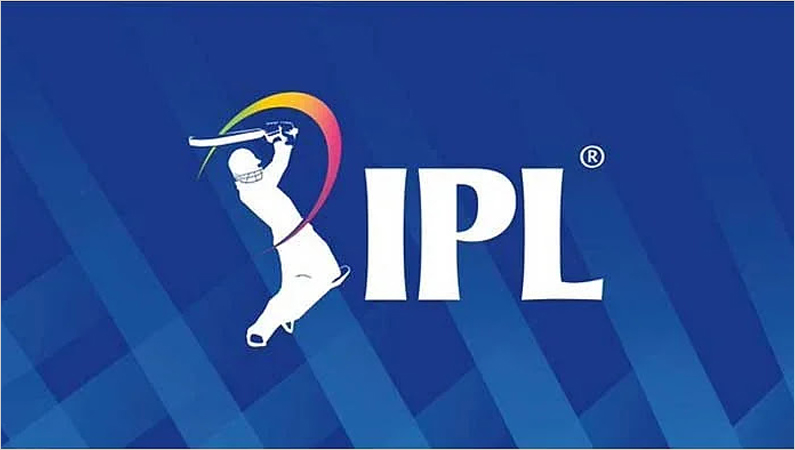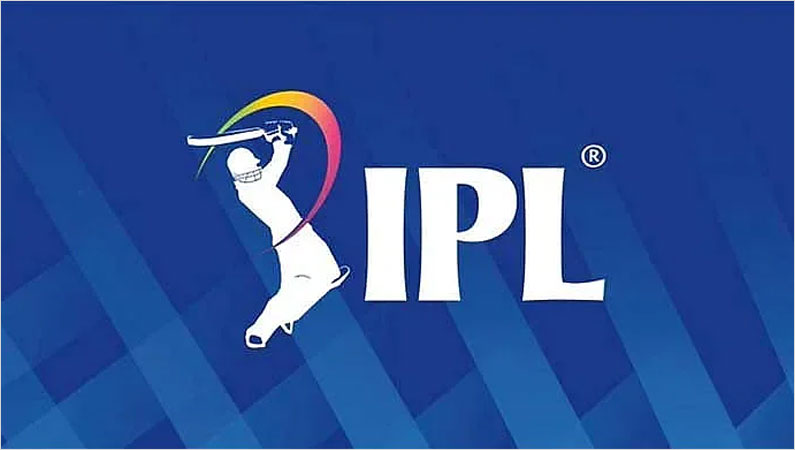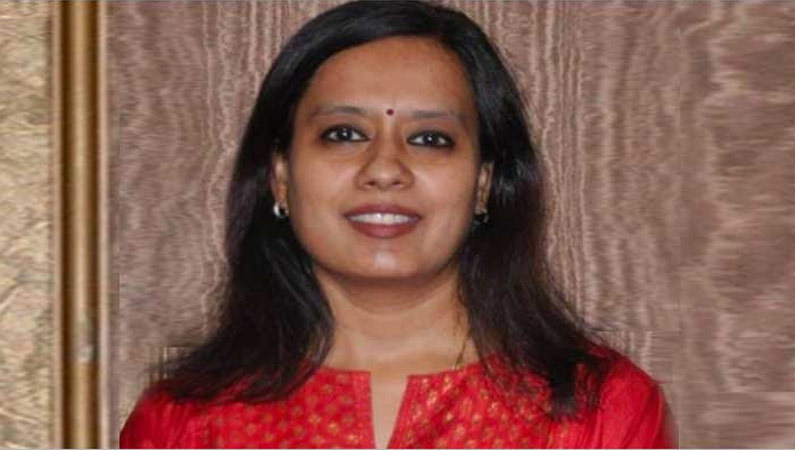PEs have been infusing millions of dollars in technology and D2C brands enabling them to spend a hefty amount on the tournament
Indian Premier League (IPL) is one the most captivating and popular cricket tournaments in India and abroad. Even during the pandemic, the league recorded a 7 per cent increase in its brand value touching US$4.7 billion, according to a report of Brand Finance which also claims that the tournament has seen a spectacular growth of 134 per cent since its launch in 2009.
A part of this success is credited to top-notch brands in categories like automobiles, FMCG, mobile phones and beverages that have sponsored the league for years as on-ground, team or broadcast partners. But over the past couple of years, this profile of IPL sponsors has witnessed a sea change. Technology and direct to customer (D2C) brands, funded by private equity, rock the IPL sponsorship scene now displacing the traditional brands which have been the usual sponsors of the league till a few years ago.
Official broadcaster Star Sports has roped in 14 sponsors in the ongoing season. Eight of them are tech and D2C start-ups: Dream11, Tata Neu, Byju’s, CRED, PhonePe, Spotify, Swiggy Instamart and Meesho. Similarly, Disney+Hotstar has taken on 18 sponsors with 12 of them being start-ups: Dream11, CRED Tata Neu, Zepto, Spinny, Pristyn Care, Swiggy, RuPay, Ather, Livspace, NiyoX, Spotify.
While Cadbury, Samsung, Asian Paints, and Kamla Pasand brands are still there, over 20 sponsors out of 32 ( 62.5 per cent) are new-age companies operating in the digital domain. Most of them are unicorns, some like Byju’s are decacorns as well, thanks to the multiple rounds of fundings from national and international investors.
Perhaps the BCCI must be thankful to private equities (PEs) for its success. After all, it's PEs which infuse millions of dollars in the technology and D2C brands enabling them to spend a hefty amount on one tournament which traditional brands can’t even think of.
Why are legacy brands staying out?
In all, more than 60 start-ups have come on board this year as on-ground partners, streaming partners and team sponsors. Not only media partners, even team and on-ground sponsors are mostly tech, edtech, fintech, e-commerce and gaming brands, shrinking the portfolio of traditional brands further.
Shashank Srivastava, Executive Director at Maruti Suzuki India, reasons that the high cost of IPL sponsorship acts as a deterrent for traditional brands.
Srivastava says, “IPL is a great platform to build awareness and reach for a brand in a very short time. For established brands, the top of funnel reach and frequency building is important but they also focus on the middle and bottom funnel scores for consideration and conversion. So the high cost of solely getting the reach is a deterrent for established brands.”
“For the less known brands, this is worth the cost for rapid building of awareness. Hence we see a plethora of new brands coming on the IPL platform even at a very high cost,” he says.
Brands have to shell out Rs 40-60 crores to partner with the TV and digital broadcasters of IPL, industry insiders say.
Sandeep Goyal, Managing Director, Rediffusion, says, “IPL is no longer meant for old established ‘legacy’ brands. The tournament is becoming more and more a game of digital smarties. It has become a playground for soonicorns and unicorns wanting to build instant recognition and recall,” Goyal says.
Josy Paul, BBDO India chairman and Chief Creative Officer, agrees with Goyal.
“IPL helps new-age brands build familiarity and quick recognition with a large section of society. Traditional brands are already well-known. They are not seeking awareness but keen to build preference and consideration. This may require a different kind of media mix and environment. Which is probably why a large number of IPL sponsors are tech start-ups or D2C brands,” Paul opines.
“IPL’s massive popularity among young audiences suits the profile of new-age companies which seek quick customer acquisition and prompt them for online transactions. Since they have huge VC funds to spend on advertising, IPL comes as a first choice,” says Rahul Vengalil, Managing Partner of Isobar, a dentsu group company.
Vengalil adds, “Tech and D2C brands with additional cash flow sponsor only IPL, skipping other major advertising platforms. In contrast, traditional brands prefer to split their ad spend on different platforms based on cost benefit analysis.”
In 2021, venture capital & private equity deals along with IPOs were responsible for infusing recording-breaking capital into Indian organizations. Most of this amount is in consumer brands from the fintech, e-commerce & edtech sectors.
“Such brands are bound to spend the additional cash flow on their user acquisition, as the speed of user acquisition defines their valuations. Their ad spending far exceeds their unit margins and this is the norm among the funded tech consumer start-ups,” says Siddharth Devnani, Co-Founder & Director of SoCheers.
The tournament's pan-Indian urban and affluent audience helps these brands gain awareness and conversions. This has worked to the BCCI’s and IPLs advantage, Lloyd Mathias, Investor and Strategist, opines.
Sharing the insight into IPL ad volumes, Goyal says, “Ecomm gaming, ecomm education and pan masala cornered 40 per cent of ad volumes in IPL 15. This time around, ecomm online shopping and ecomm wallets make up the rest of the top 5.”
What surprises me is that even mobile phones have been relegated to outside of the Top 5. The paan masalas by any other name are still there, but the aerated drinks brands have been edged out. Securities/share broking, ISPs, tyres, DTH brands and hair dyes are completely absent in IPL 15 despite being on air in IPL 14, he said.
This year 10 startups with unicorn status are participating in the IPL. The total valuation of these unicorns stands at $43.6 Bn, says Shradha Agarwal, CEO and Co-Founder of Grapes.
Agarwal adds, “Interestingly, this year, each IPL team has at least two start-ups as their sponsors, while CSK has three start-up partners. Another point is that start-ups are batting aggressively on their marketing strategy with back-to-back campaigns that spark the interest amongst the people.”
It is likely that this trend is here to stay, provided the tailwinds in the form of capital with the mandate of user acquisitions continue to flow in for them. They are less advertising budget-oriented and more opportunistic in finding sponsorship opportunities for implementing this mandate, says Devnani.
Startups’ ad blitzkrieg
Relying heavily on TV and Digital, Startups have pipped traditional brands in ad spending too. Over 15 new-age companies including Dream 11, BYJU’s, Swiggy, Netflix and PhonePe are now counted among India’s top 50 advertisers, as per the Pitch Madison Annual Report 2022.
Most of their spending is focussed on IPL and Cricket World Cup only.
“D2C unicorns’ AdEx is often much higher than their total revenue. Traditional brands spend 10-15% of their revenue on ad campaigns while D2C unicorns spend 40-50%”, adds Vengalil.
These unicorns might reduce their AdEx in the next few years when they will be questioned by investors about their expenditure and profitability. New unicorns will join the IPL bandwagon then, notes Vengalil.










